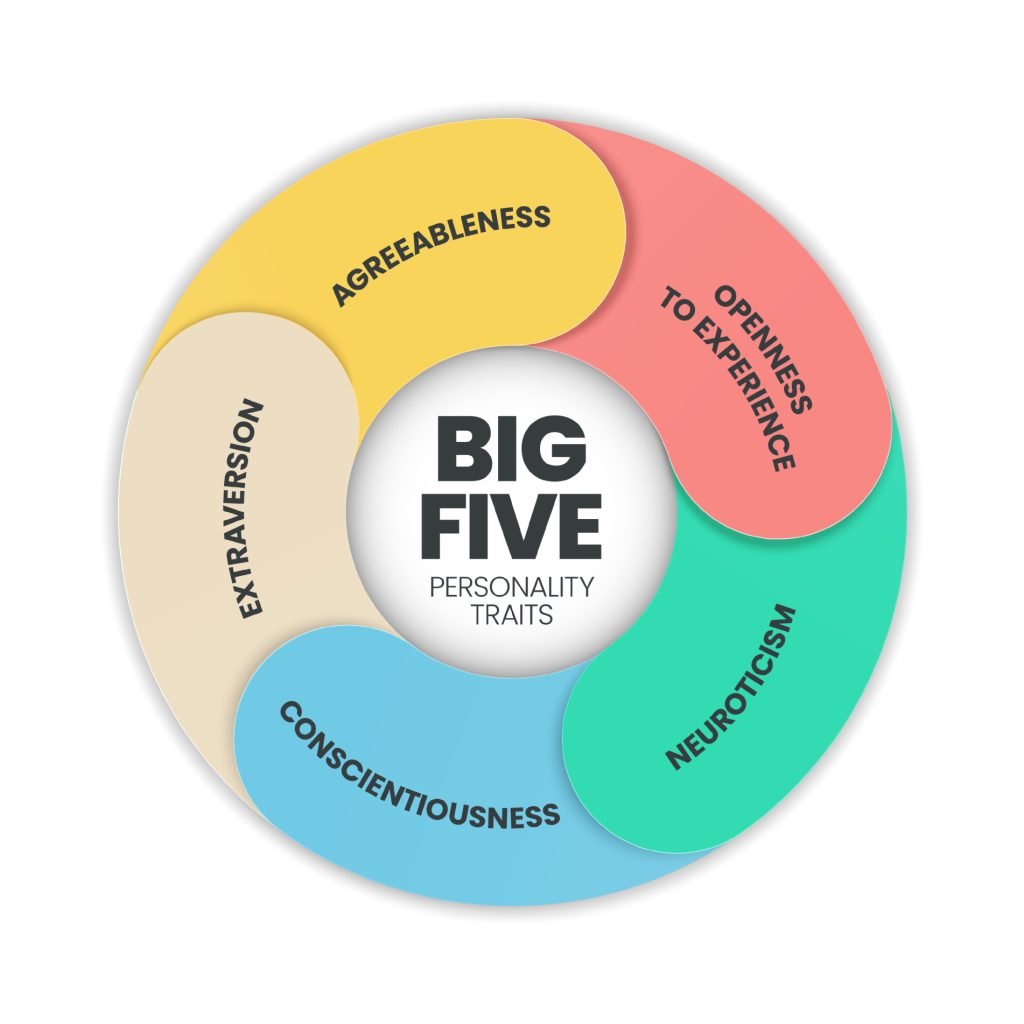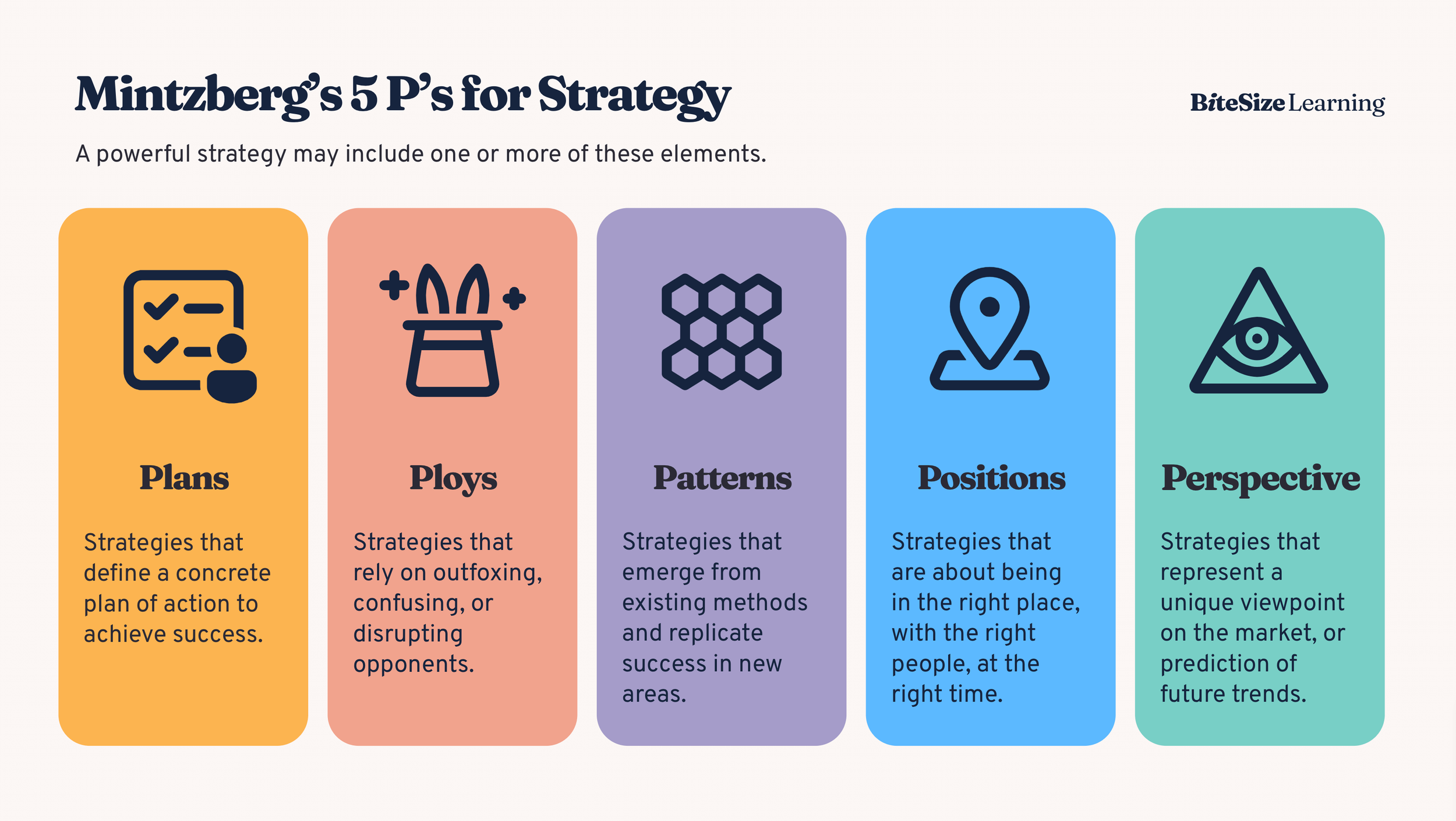Today, I wanted to mess around with PostgreSQL, setting it up and getting a feel for how it works. So, I dove right in. First things first, I needed to get PostgreSQL installed on my machine. I opted for the usual installation method, downloading the installer from the official website. The installation process was pretty straightforward, just a few clicks here and there, and I had PostgreSQL up and running.

Once the installation was done, I launched the pgAdmin tool, which is like a control panel for managing PostgreSQL databases. I created a new database to play with. I named it “test_db” because, well, I was just testing things out.
Next up, I wanted to create some tables in my new database. I used the SQL query editor in pgAdmin to run some commands. For example, I created a simple table called “users” with columns like “id,” “name,” and “email.” It was just basic stuff, nothing too fancy. It looked something like this:
- CREATE TABLE users (
- id SERIAL PRIMARY KEY,
- name VARCHAR(255),
- email VARCHAR(255)
After creating the table, I inserted some dummy data into it. I made up a few names and email addresses and added them to the “users” table using the INSERT INTO statement. It was like filling out a form, but with SQL commands. I ended up with a few rows in my table, just to have something to work with.
Simple Queries
With some data in place, I started running some basic queries to see what I could do. I used SELECT statements to retrieve data from the “users” table. For example, I fetched all users with a specific name or all users whose email addresses contained a certain domain. It was like searching through a spreadsheet, but again, with SQL commands.
As I got more comfortable, I experimented with other SQL features like UPDATE and DELETE. I updated the email address of one of the users and even deleted a row to see how it worked. It was all part of the learning process, trying out different things to get a better understanding of how PostgreSQL handles data.

At the end of the day, I had successfully set up PostgreSQL, created a database and table, inserted data, and run some simple queries. It was a productive session, and I felt like I had a good grasp of the basics. Of course, there’s still a lot more to learn, but this was a solid start. I’m looking forward to exploring more advanced features in the future and seeing what else I can do with PostgreSQL.
















